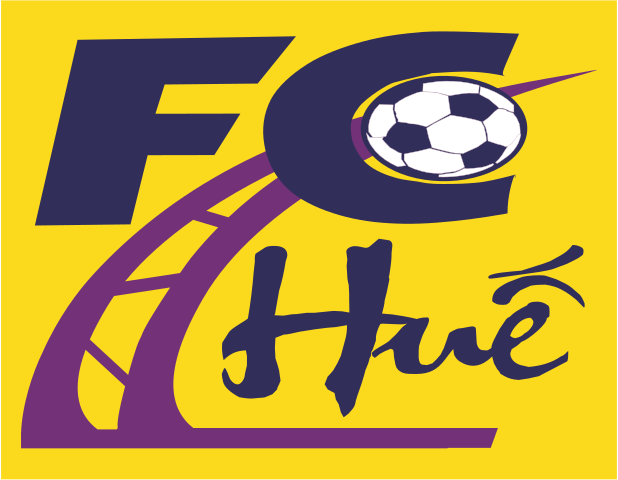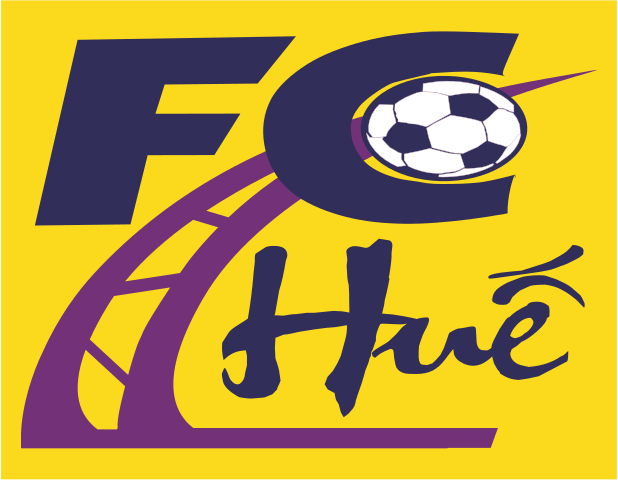The Egyptian User Experience (UX) Research Software market is experiencing a period of rapid growth, but this expansion is not a monolith; a nuanced analysis of the Egypt User Experience (UX) Research Software Market Growth Share by Company reveals a clear bifurcation in how value and user adoption are being captured. The growth is being driven from two opposite ends of the market spectrum. On one end, large enterprise-grade platforms are capturing a significant share of high-value contracts from major corporations. On the other, agile, self-service tools are capturing a massive share of the user base and transaction volume from the country's burgeoning startup and SMB sector. This dynamic highlights the diverse needs of the Egyptian market, which ranges from mature organizations with complex compliance and research needs to nimble startups that require speed and affordability above all else. The Egypt User Experience (UX) Research Software Market size is projected to grow USD 250 Million by 2035, exhibiting a CAGR of 19.5% during the forecast period 2025-2035. Understanding this split in growth share is critical to identifying the different strategies that are succeeding. The market is not a "winner-takes-all" scenario but a "winner-takes-most" within specific segments, with different types of vendors dominating different parts of the customer landscape.
A substantial portion of the revenue growth share, measured in terms of total contract value, is being secured by the major global enterprise UX research platforms. The Egyptian market includes a significant number of large, established corporations in sectors like banking, telecommunications, and real estate, as well as a growing number of government-led digital initiatives. These large organizations have complex research needs, stringent data security requirements, and a low tolerance for risk. They are therefore naturally drawn to the comprehensive, all-in-one platforms offered by leaders like UserTesting/UserZoom and Qualtrics. These vendors are capturing growth by selling large-scale, multi-year subscriptions that provide access to a full suite of research tools, a global panel of testers, and expert consulting services. Their sales motion is top-down, engaging with senior leadership to position UX research as a strategic, enterprise-wide function. They are winning large deals by demonstrating a clear ROI through improved customer satisfaction and by providing the robust security and compliance documentation that large Egyptian enterprises and government entities require, thereby capturing the "whale" accounts that constitute a major part of the market's total value.
While the enterprise platforms capture high-value deals, the fastest growth in terms of user adoption and the sheer number of companies served is being seen among the product-led, self-service tools. The Egyptian startup ecosystem is one of the most vibrant in the MENA region, with hundreds of new fintech, e-commerce, and SaaS companies emerging each year. These startups operate on agile principles and have limited budgets. They cannot afford the enterprise platforms, nor do they need their full complexity. This has fueled explosive growth for tools like Maze, Hotjar, and Lyssna. These platforms are capturing a massive share of the market by offering freemium models and affordable subscription tiers that allow a single designer or product manager to start conducting research immediately, without a lengthy sales process. Their growth is viral; a designer uses Maze at one startup, then moves to another and brings the tool with them. This bottom-up adoption model is perfectly suited to the fast-paced, budget-conscious nature of the Egyptian startup scene. As a result, while their average revenue per account is much lower than the enterprise players, their collective capture of the user base represents a massive and highly influential share of the market's overall growth.


